Zhanfu Yang
Graph Neural Reasoning May Fail in Certifying Boolean Unsatisfiability
Sep 27, 2019Abstract:It is feasible and practically-valuable to bridge the characteristics between graph neural networks (GNNs) and logical reasoning. Despite considerable efforts and successes witnessed to solve Boolean satisfiability (SAT), it remains a mystery of GNN-based solvers for more complex predicate logic formulae. In this work, we conjectures with some evidences, that generally-defined GNNs present several limitations to certify the unsatisfiability (UNSAT) in Boolean formulae. It implies that GNNs may probably fail in learning the logical reasoning tasks if they contain proving UNSAT as the sub-problem included by most predicate logic formulae.
Multivariate-Information Adversarial Ensemble for Scalable Joint Distribution Matching
Jul 08, 2019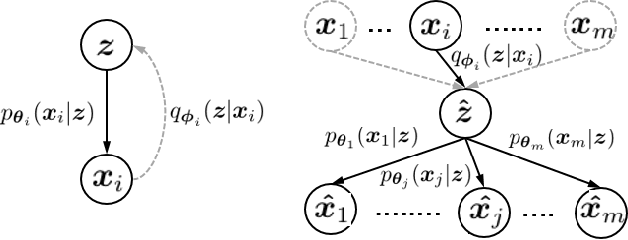


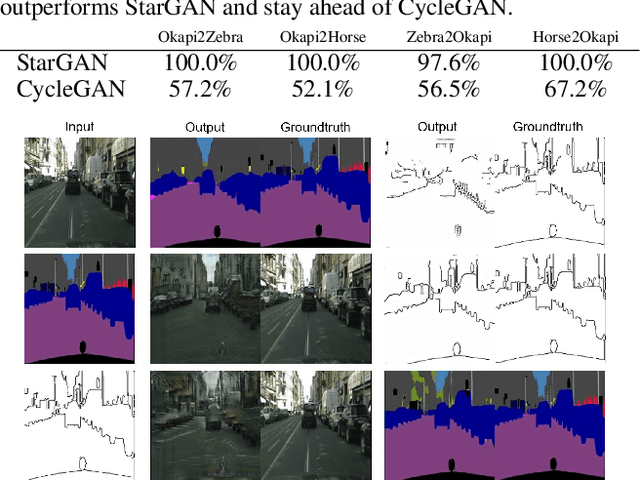
Abstract:A broad range of cross-$m$-domain generation researches boil down to matching a joint distribution by deep generative models (DGMs). Hitherto algorithms excel in pairwise domains while as $m$ increases, remain struggling to scale themselves to fit a joint distribution. In this paper, we propose a domain-scalable DGM, i.e., MMI-ALI for $m$-domain joint distribution matching. As an $m$-domain ensemble model of ALIs \cite{dumoulin2016adversarially}, MMI-ALI is adversarially trained with maximizing Multivariate Mutual Information (MMI) w.r.t. joint variables of each pair of domains and their shared feature. The negative MMIs are upper bounded by a series of feasible losses that provably lead to matching $m$-domain joint distributions. MMI-ALI linearly scales as $m$ increases and thus, strikes a right balance between efficacy and scalability. We evaluate MMI-ALI in diverse challenging $m$-domain scenarios and verify its superiority.
Graph Neural Reasoning for 2-Quantified Boolean Formula Solvers
Apr 27, 2019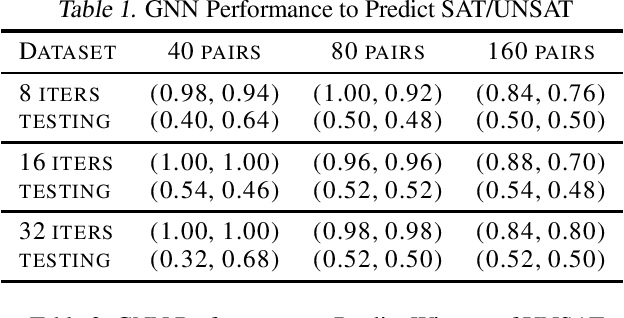
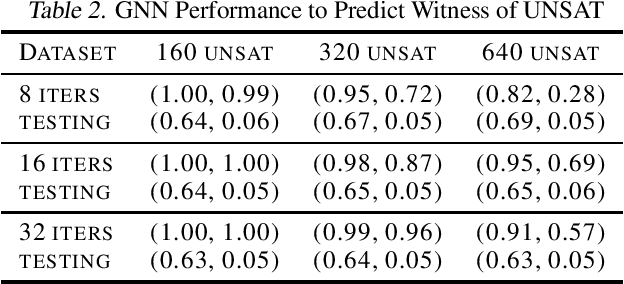
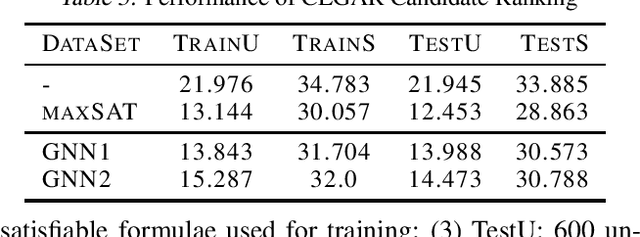
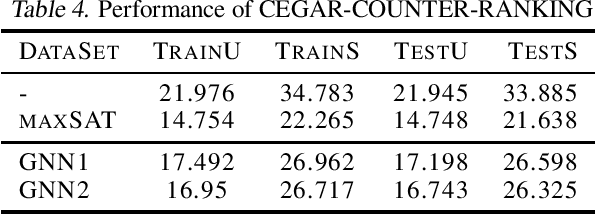
Abstract:In this paper, we investigate the feasibility of learning GNN (Graph Neural Network) based solvers and GNN-based heuristics for specified QBF (Quantified Boolean Formula) problems. We design and evaluate several GNN architectures for 2QBF formulae, and conjecture that GNN has limitations in learning 2QBF solvers. Then we show how to learn a heuristic CEGAR 2QBF solver. We further explore generalizing GNN-based heuristics to larger unseen instances, and uncover some interesting challenges. In summary, this paper provides a comprehensive surveying view of applying GNN-embeddings to specified QBF solvers, and aims to offer guidance in applying ML to more complicated symbolic reasoning problems.
 Add to Chrome
Add to Chrome Add to Firefox
Add to Firefox Add to Edge
Add to Edge